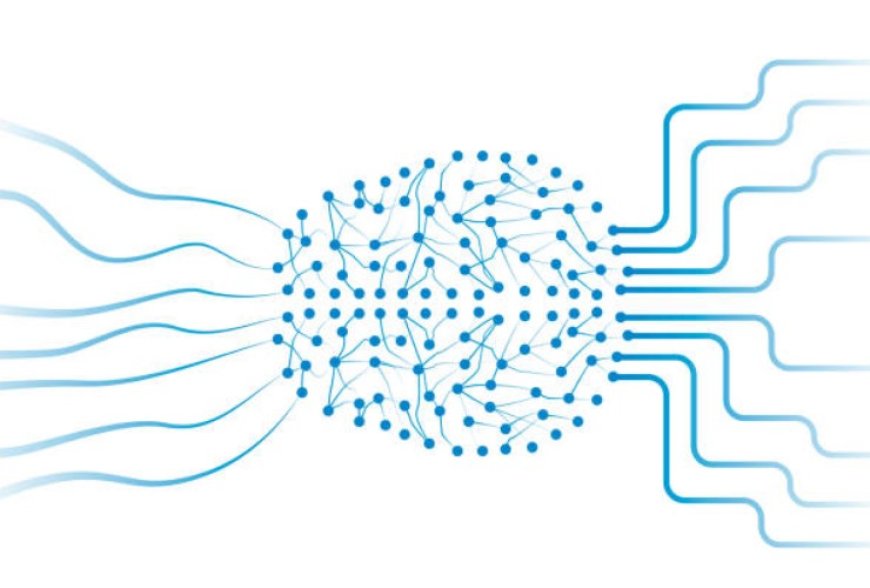Different Types of Neural Networks: A Comprehensive Guide
Understanding the Strengths and Weaknesses of Each Type of Neural Network
What various neural network kinds are there?
Machine learning algorithms called neural networks are modeled after the structure and operation of the human brain. Neurons are the connecting nodes that make up neural networks. Each neuron performs a straightforward mathematical operation, and the network's final output is created by combining the results of several neurons.
Machine translation, natural language processing, picture identification, and other activities can all be taught into neural networks. Numerous additional applications, including fraud detection, medical diagnosis, and recommendation systems, also employ neural networks.
Neural networks come in a wide variety of forms, each with distinct advantages and disadvantages. Neural networks come in a variety of popular forms, including:

Feedforward neural networks (FNNs): The simplest kind of neural network is a feedforward network. The neurons of a feedforward neural network are organised in layers, with the output from one layer being fed into the next. Classification and regression challenges frequently include the usage of feedforward neural networks.
Convolutional neural networks (CNNs) are as follows: A particular kind of feedforward neural network called a CNN is created primarily to perform image recognition tasks. CNNs are highly good at classifying images, identifying objects in them, and segmenting them because they can learn spatial information from images.
Recurrent neural networks (RNNs) are as follows: A class of neural network known as an RNN can learn sequential data. Speech recognition, machine translation, and natural language processing are common applications for RNNs.
LSTM (Long Short-Term Memory) networks: A specific kind of RNN called LSTM networks is made for learning long-term dependencies in sequential data. For applications including text summarization, speech recognition, and machine translation, LSTM networks are frequently utilized.
Additional neural network types
There are numerous different varieties of neural networks that have been created for certain objectives in addition to the four categories mentioned above. Other kinds of neural networks include, as examples:
Generic adversarial networks (GANs) A particular kind of neural network called a GAN is capable of producing new data, including music, text, and images. GANs are frequently employed in creative applications, such as producing music and art.
Networks in capsules A particular kind of neural network called a capsule network is made to recognize spatial correlations in data. For tasks like object detection and picture recognition, capsule networks are frequently utilized.
Transformation networks: Transformer networks are a particular kind of neural network created for the purpose of discovering distant relationships in sequential data. Transformer networks are frequently used for text summarization and other natural language processing applications.

Summary
The sophisticated machine learning method known as neural networks can be used to a wide range of applications. Neural networks come in a wide variety of forms, each with distinct advantages and disadvantages. The nature of the challenge and the sort of data at hand will determine which neural network architecture is most appropriate for a given task.












































































































































































































